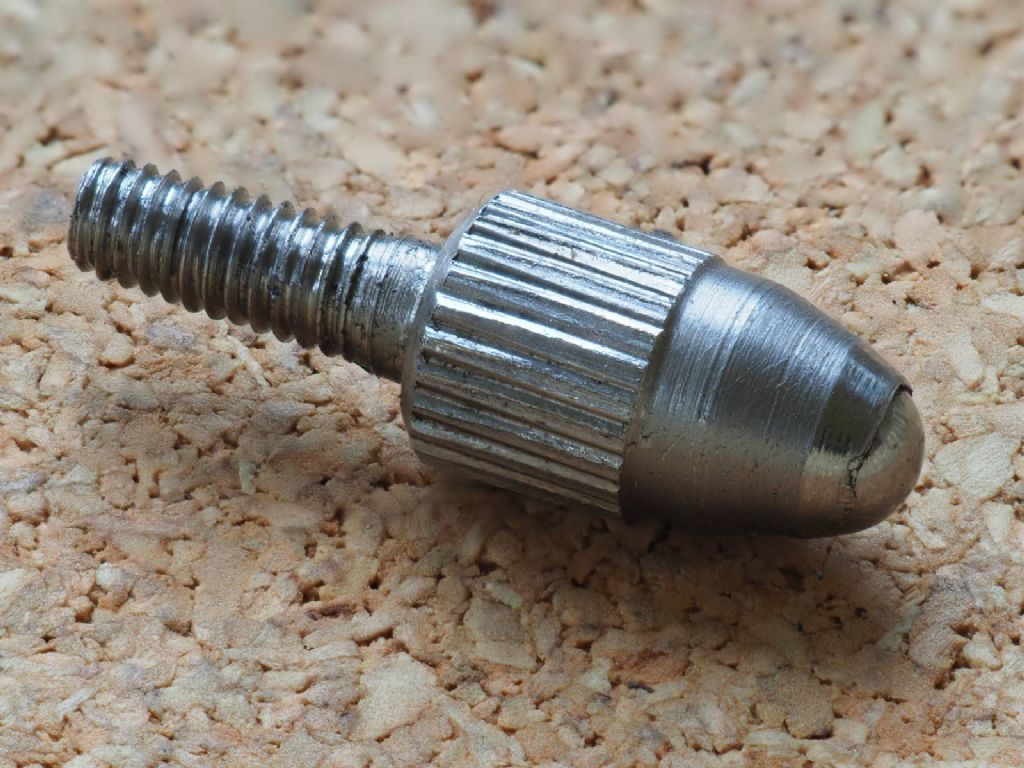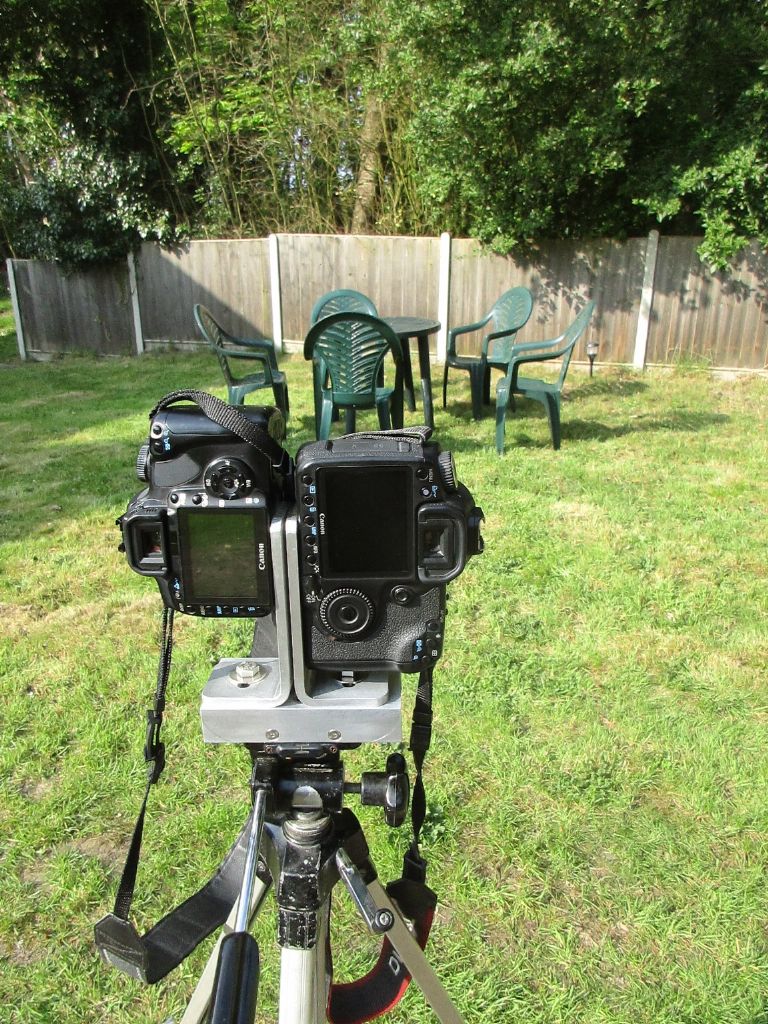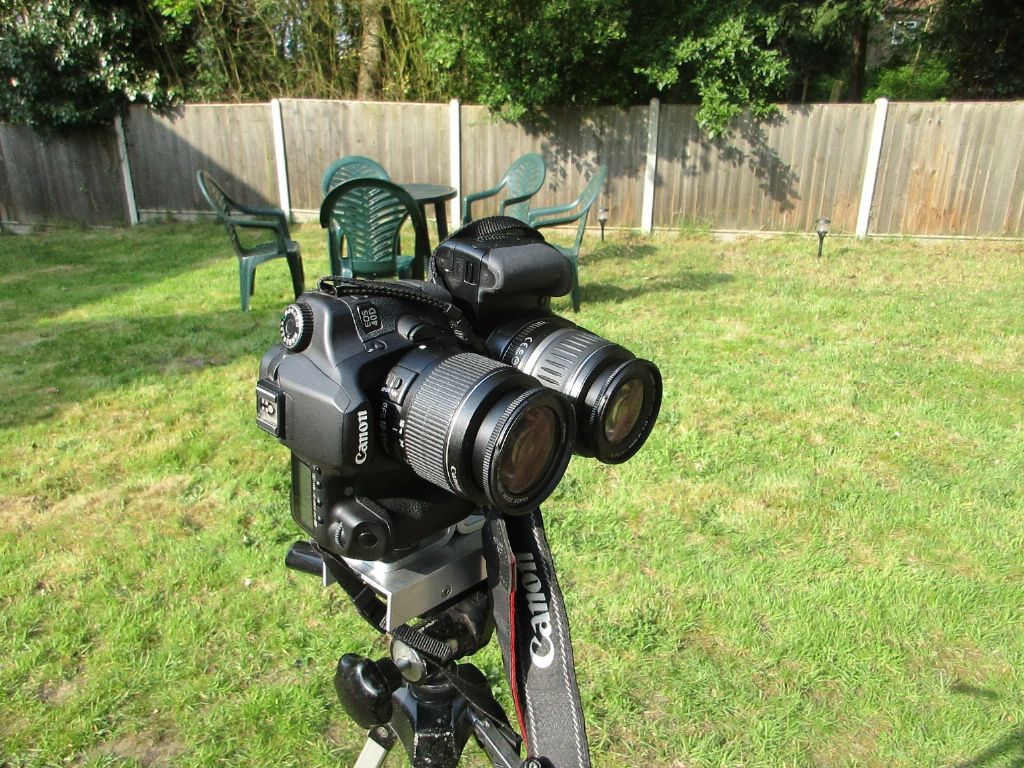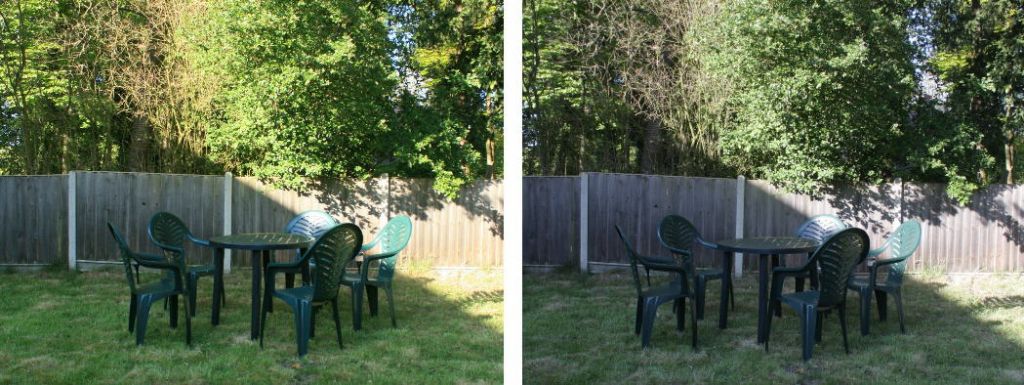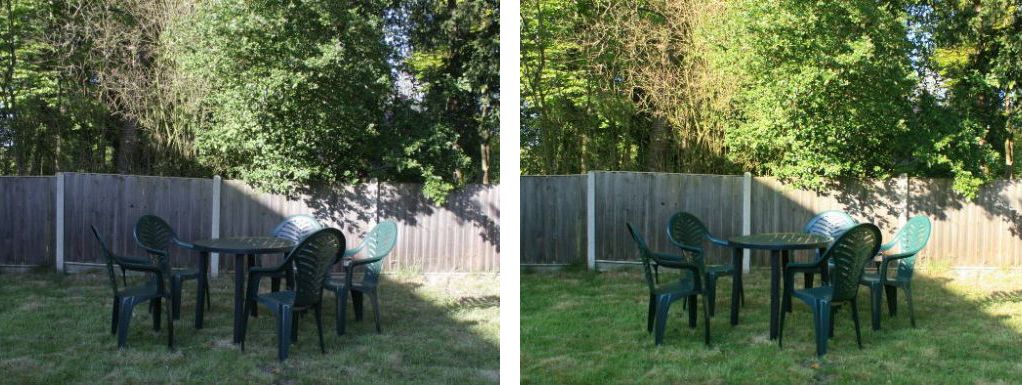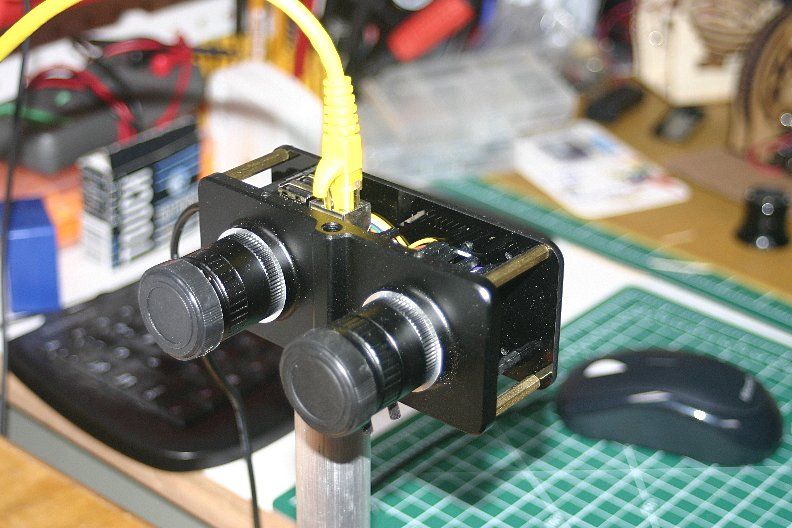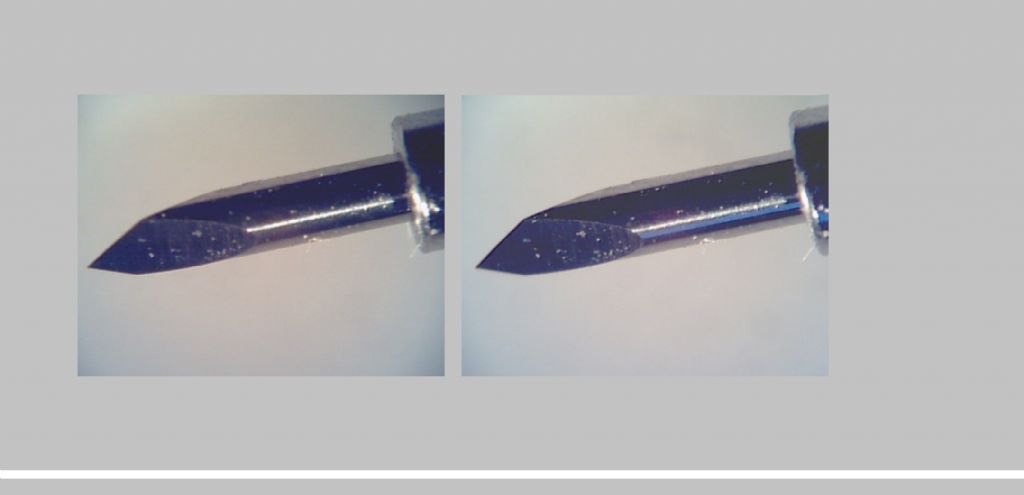Macro-photography
Macro-photography
- This topic has 496 replies, 65 voices, and was last updated 26 November 2024 at 18:18 by
 Michael Gilligan.
Michael Gilligan.
- Please log in to reply to this topic. Registering is free and easy using the links on the menu at the top of this page.
Latest Replies
Viewing 25 topics - 1 through 25 (of 25 total)
-
- Topic
- Voices
- Last Post
Viewing 25 topics - 1 through 25 (of 25 total)
Latest Issue
Newsletter Sign-up
Latest Replies
- Small horizontal mill – capabilities?
- Bending EN24t
- Scam email
- Emco FB2 and Maximat Mill?
- Armortek series 1 landrover kit
- 24cc DIESEL ENGINE FROM SOLID
- Building Bernard Tekippe’s Precision Regulator
- Stuart Twin Victoria (Princess Royal) Mill Engine
- mt4.5
- Anyone know about wells and Victorian plumbing?


